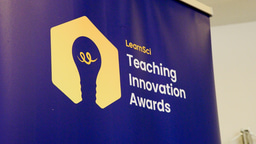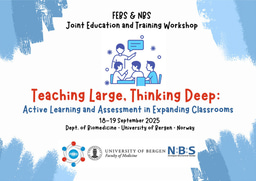Coronavirus in 3D – How it Infects & How to Prevent Infection

A page on the Coronavirus Disease 2019 (COVID-19) in Proteopedia is dedicated to better understanding how the SARS-CoV-2 is so infectious by examining the 3D structures of its proteins and single stranded RNA genome. It is an example of a typical crowdsourced page in Proteopedia, in this case, it was made by scientist/students from Israel, Czech Republic, France, Germany & the USA. The page includes a 3D animation of the overall structure of the virus. It shows the spikes which stick out of the spherical virus forming a corona-like structure, giving the virus its name. An interactive 3D view of one of these spike proteins (determined in the McLellan Lab) is visualized using the Mol* WebGL 3D molecular viewer. There is a also a video by Elara Systems that shows how the virus interacts with its human (host) cell, via its spikes, thus permitting the viral SS RNA genome to enter its host and begin the infection.
This page will be useful for both the general public as well as to scientists studying the Coronavirus COVID-19 pandemic. There are separate sections on:
- Potential treatments for COVID-19
- Videos helping to explain COVID-19
- Useful sites on COVID-19
- SARS-CoV-2 virus proteins
- 3D structural studies on SARS-CoV-2 virus proteins
- References
Some of the videos will be of particular interest including:
- Bill Gates, in 2015, predicting this kind of pandemic
- Why the Czech Republic took the uncommon step of making wearing of masks mandatory in public spaces, prompting a grassroots effort to make masks, with wonderful results
- Very clear discussion of what exponential growth is all about.
This page was created with contributions from Jaime Prilusky & Joel L. Sussman (Weizmann Institute of Science, Israel), David Sehnal (Masaryk University, CEITEC, Czech Republic), Gianluca Santoni (ESRF, France), Jürgen Bosch (Case Western Reserve University, USA & InterRayBio, LLC, USA), Sabrina Stäb & Andrea Thorn (University of Wuerzburg, Germany).





Join the FEBS Network today
Joining the FEBS Network’s molecular life sciences community enables you to access special content on the site, present your profile, 'follow' contributors, 'comment' on and 'like' content, post your own content, and set up a tailored email digest for updates.